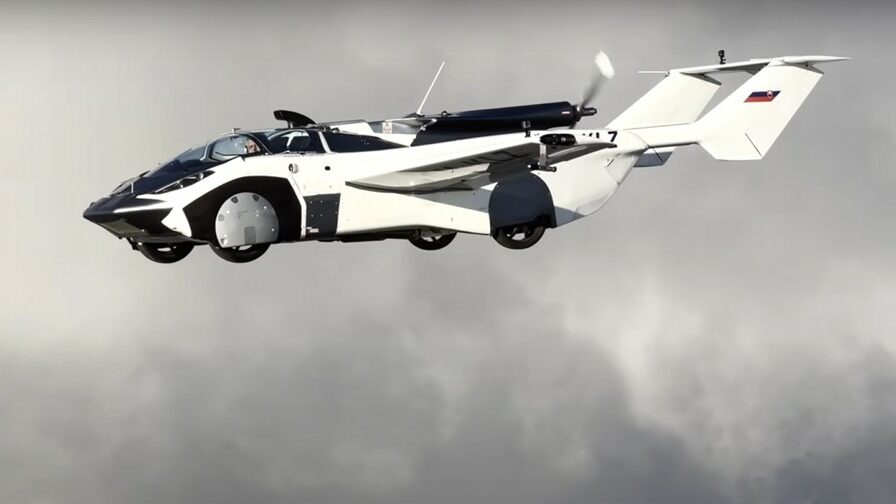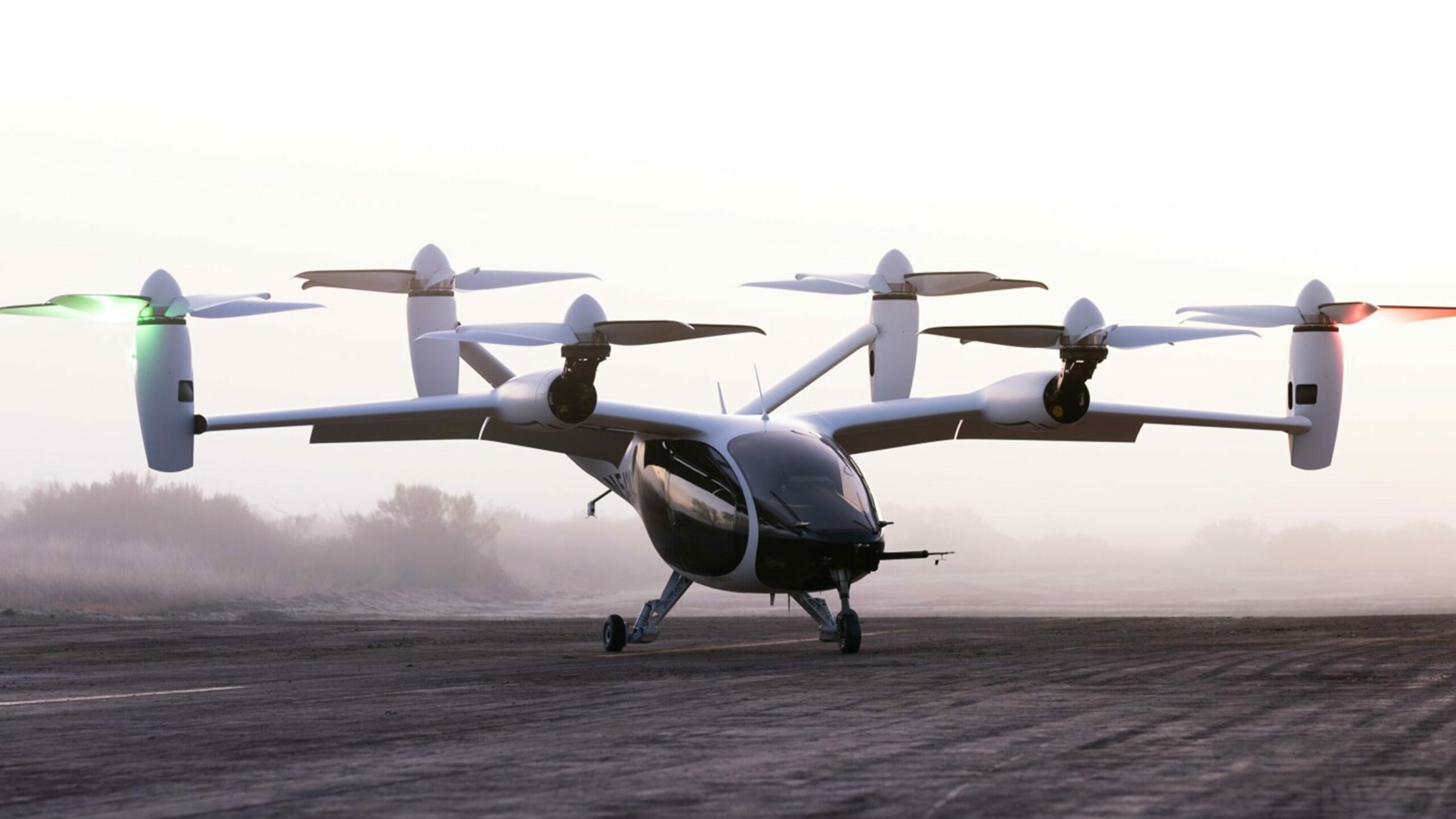With all the books, articles, and essays that have been written about flying cars, and why we don’t have them, and all the YouTube videos that have been posted of new design prototypes – including some flight tests – you’d think that people would begin to realise that flying cars are not a thing. But almost daily we hear about some new design or model that tries to take a supercar and make it airborne.
Just to be clear, air taxis are the future. We will sometime, maybe soon, have electric or hybrid vertical take-off aircraft (eVTOL) that can ferry four or five people around cities. But they won’t be cars – they won’t drive on the road. At all.
Transformers that fail
There have been many attempts to make a transforming flying car; a street-legal car that turns into an airplane at the push of a button, unfolding wings or rotors for take-off. Most have failed for the simple reason that planes don’t drive very well, and cars – even with wings – don’t make great aircraft. A personal flying car, even if it technically works, is the worst of both worlds. And they cost a fortune!
The latest version has received flight certification in Slovakia. The Klein Vision AirCar prototype has now been granted a Certificate of Airworthiness by the Slovak Transport Authority, in the experimental category.
“Looking like a LeMans racecar, the two-seat AirCar prototype features a 140-hp 1.6-liter four-cylinder BMW combustion engine that drives both the fixed propeller when in flight and the wheels when on the road. It has a take-off speed of 115 km/h (71.5 mph), a cruising speed is 180 km (112 mph) at 2,800 rpm, and is capable of road speeds of more than 160 km/h (99.4 mph).
At the press of a button the vehicle transforms from aircraft mode to road mode in around two minutes – automatically folding the wings and raising them up before tucking them inside the composite body and drawing in the tail section.”

It’s good looking, has all the functionality you’d want of a flying car, but I doubt it will succeed commercially. You need a pilot’s license to fly it, it can’t take off vertically from a heliport, and even if it reaches production, it will be unaffordable except for the super-rich. And it’s only a two-seater. A non-starter in my book.
Air taxis hitting their stride
On the other hand, air taxis are designed to carry four to six people on urban hops, using battery electric or hybrid rotors. And Joby Aviation is one of the leading players (among many), with solid funding and a great eVTOL prototype called the S4. Capable of autonomous flight, the aircraft recently posted “the fastest eVTOL test flight in history, hitting a true airspeed of 205 mph (330 km/h).” Thanks to its transitioning rotors and wings, the Joby S4 can take off and land vertically, and also fly horizontally at high speed.

Air taxis like these are vastly cheaper and quieter than helicopters, can be flown by computer – like a drone – and have multiple rotors for redundancy. They can fly and land safely even if one to two engines fail. The biggest problem is range and payload when you are running on batteries, but those are technical challenges which will be resolved in the future, as the tech improves.
So if you see another concept launch of a hot flying supercar, like the HT Aero, remember that there’s zero chance of them being a market success. But air taxis are the future; it’s just a matter of time.
Written by Doug Vining
- Articles